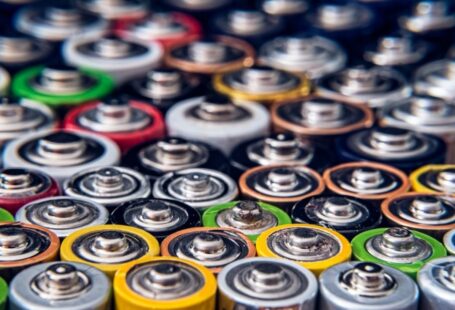The 3D printing industry has come a long way in the last few decades. From limited applications in prototyping and small-scale production, 3D printing has now become a viable solution for a wide range of manufacturing needs. The materials used for 3D printing have also become increasingly varied, with new materials appearing as technology advances. Aluminum has been one of the most noteworthy materials to emerge in this regard, and its rise has been nothing short of remarkable.
The Benefits of 3D Printing with Aluminum
The use of aluminum in 3D printing has many benefits. It is a lightweight metal with excellent strength-to-weight ratio, making it perfect for use in parts that require both rigidity and lightness. It is also resistant to corrosion and wear, meaning that parts printed with aluminum can last for many years. The thermal conductivity of aluminum is also higher than that of other materials, allowing for better heat dissipation and faster cooling times. Finally, aluminum is an easily recyclable material, making it an environmentally friendly choice.
The Challenges of 3D Printing with Aluminum
While aluminum is an attractive material for 3D printing, it does present some challenges. For starters, it is a difficult material to process. Its high melting point means that it is more difficult to print with than other materials, and its high thermal conductivity means that it requires special equipment and expertise to print with. Additionally, aluminum is a more expensive material than other 3D printing materials, making it less accessible for many users.
The Future of Aluminum in 3D Printing
Despite the challenges of printing with aluminum, it is clear that the material has a bright future in the 3D printing industry. As technology continues to improve, the process of printing with aluminum will become easier and more cost-effective. Additionally, aluminum provides unique advantages that other 3D printing materials cannot match, making it an attractive option for many applications.
Conclusion
Aluminum has become an increasingly popular material for 3D printing in recent years. Its strength-to-weight ratio, corrosion resistance, and thermal conductivity make it an ideal choice for many applications. While it can be a difficult material to process, advancements in 3D printing technology make it an increasingly viable option for many users. As technology continues to advance, aluminum is likely to remain one of the most popular materials for 3D printing.





